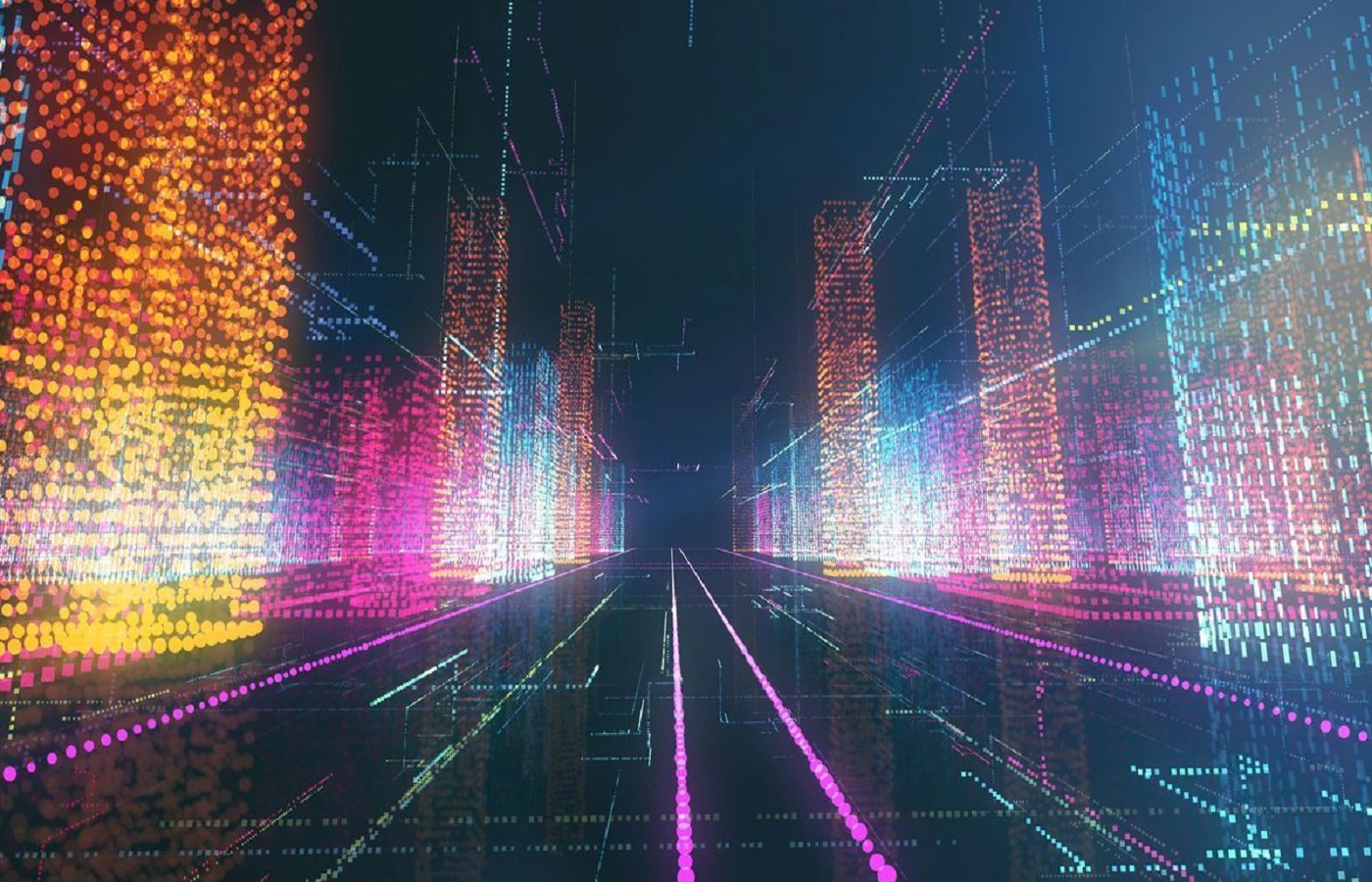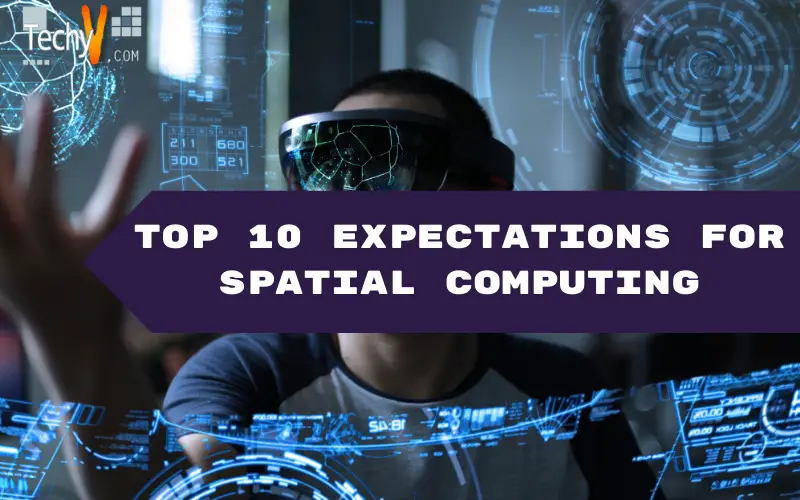2021 gave us tangible instances of how XR can benefit industry and society. We’ve seen some very intriguing possibilities emerge, as with any developing technologies, including haptic skin, a sensory VR mask, and augmented Reality on YouTube, to name a few. Although reflecting on the past is always fun, looking ahead is much more exciting. Mainly if you work in technology, here it is—our examination of potential developments for spatial computing in 2020.
1. Business VR/AR Is Going To Take Off
Extended Reality in the workplace has a strong foundation thanks to improvements in headsets and glasses and large-scale platform developments. Companies with credible long-term plans can switch a job type or an entire department to XR hardware.
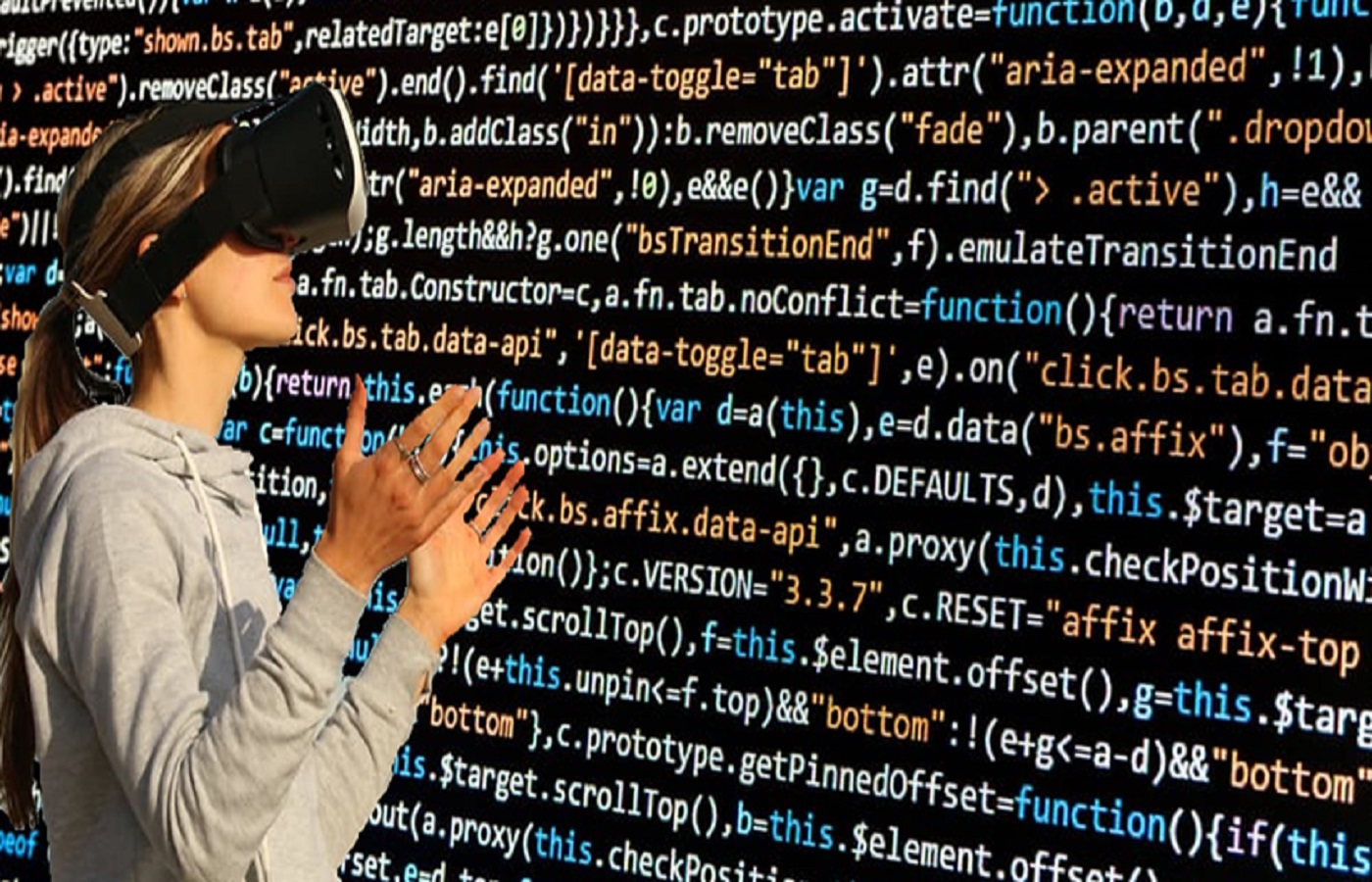
2. Individual AR Wearables May Take Off In 2023
The AR glasses we saw take shape in 2021 and might be more widely available and reasonably priced in 2022. However, functionality will be more significant than price. For example, we might witness a complete reorganization of personal computing once an AR product reaches the aesthetic appeal of Bose Frames or North Focals and a smartphone’s work adaptability.
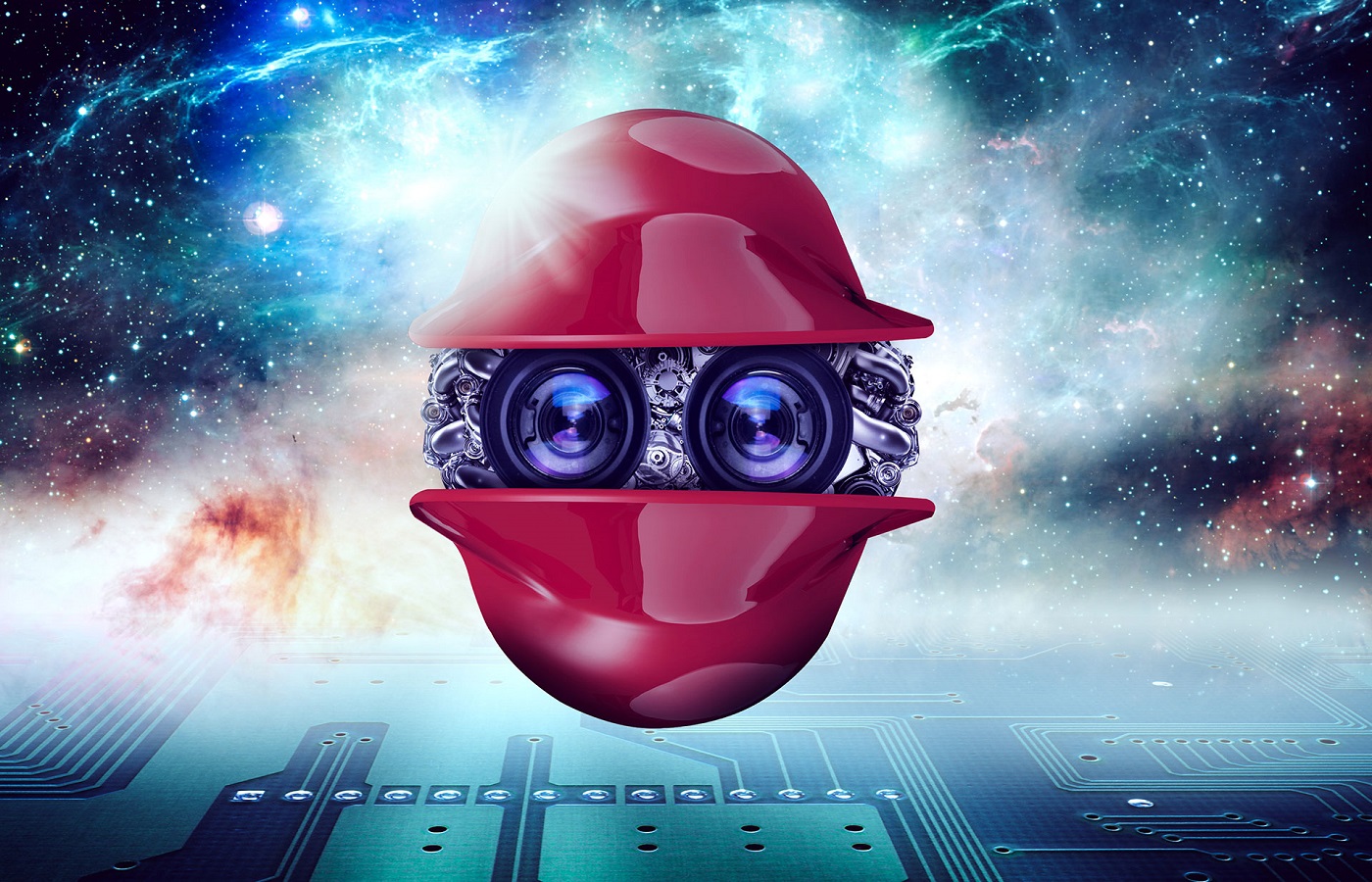
3. Increasing The AR Cloud
The AR Cloud is essential to our country’s continued technological development. The AR Cloud is the foundation we need to build on if spatial computing will transform the way we live. Years will be required to make this foundation through a gradual, deliberate process of sensor installation, data collection, and interpretation. Since there is no one method for 3D scanning the earth, the Digital Twin of our globe that we have previously discussed is a work in progress that is constantly changing.

4. Confidence In The Internet Of Things
Building public trust with emerging technology is crucial, and companies like Gartner have been doing it. Do you know someone who constantly worries that their speaker, television, or smartphone is spying on them? While it’s not entirely irrational to expect dishonest actors to be careless (or even immoral) in the gathering and use of personal information, we won’t experience the full range of advantages that spatial computing offers if we can’t allow intelligent devices into our lives and allow them to function as intended.
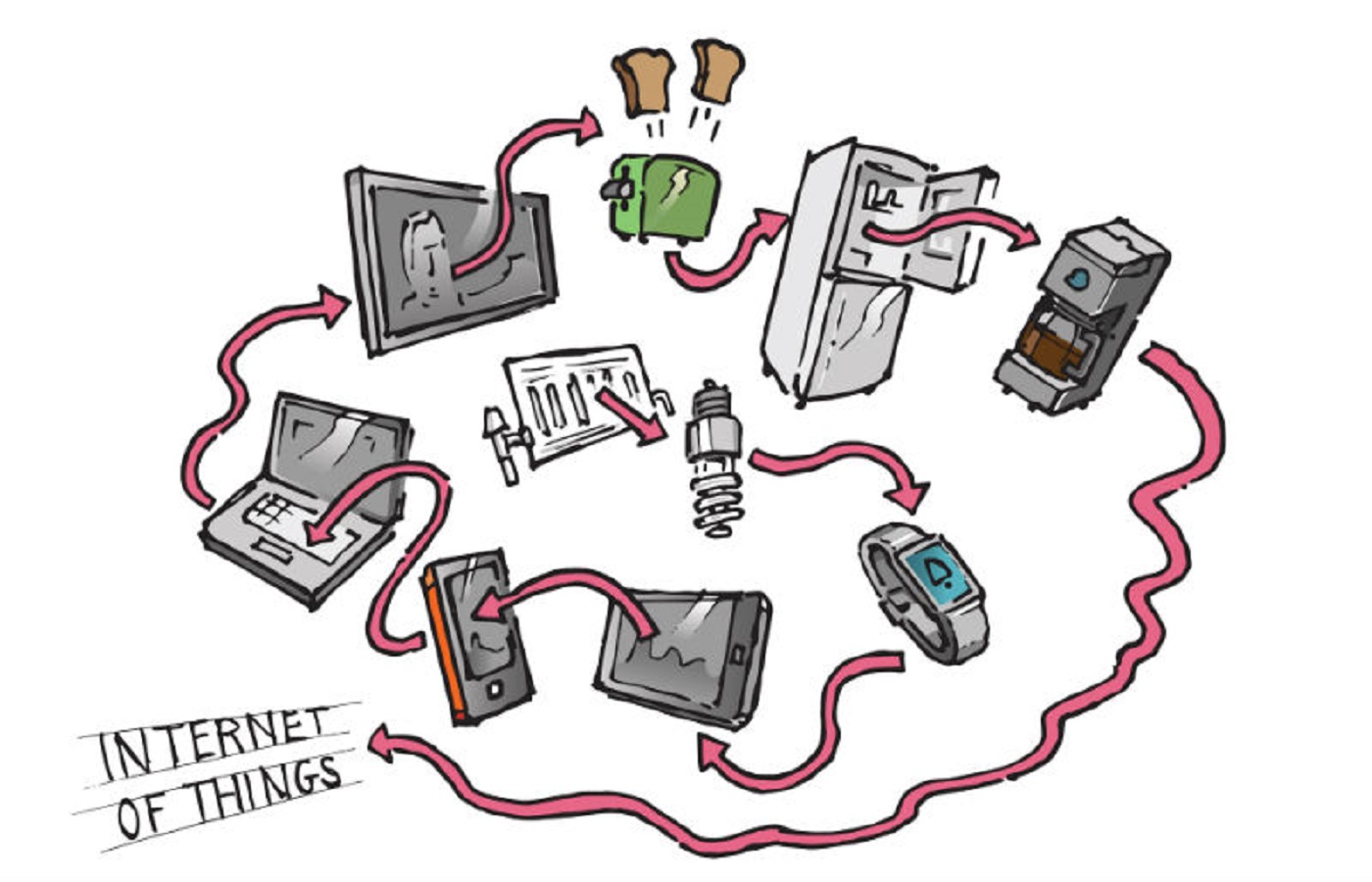
5. XR Gaming Will Keep Expanding in 2022
New VR games will be released in 2022. However, we anticipate that the upcoming year will also bring brand-new gaming items outside the conventional headset and peripheral markets. Maybe there will be more impressive AR applications included in this. Or perhaps there is room on the market for exclusive all-in-one goods like the Tilt Five. In the past, gamers have been willing to spend money on home technology sets. So far, the XR gaming industry has focused on peripherals and content for a significant headset. But even if it doesn’t work with current systems, there might be an opportunity for something unique.
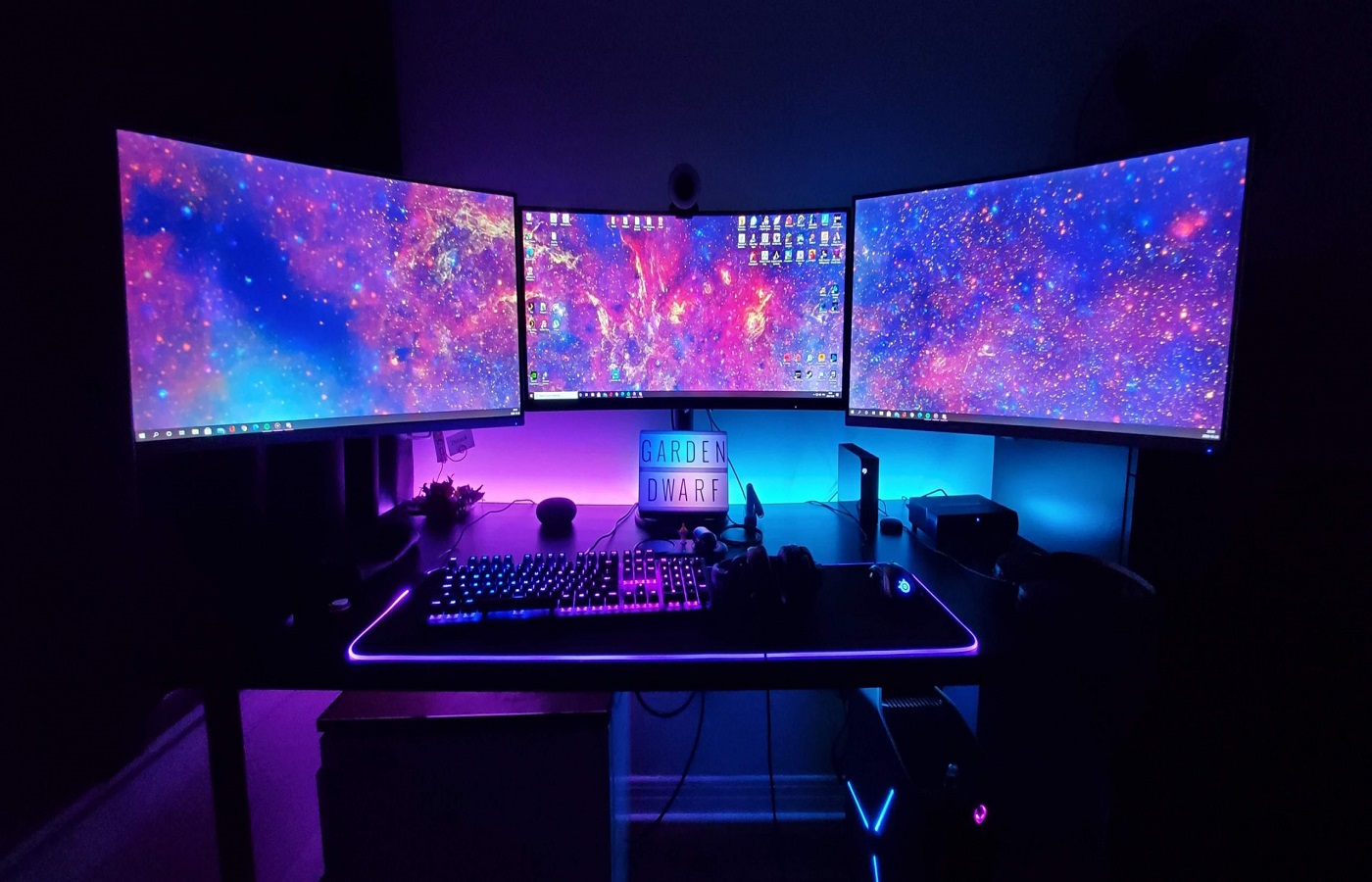
6. More Toys Using VR/AR
Lego’s Hidden Side and Nintendo’s Labo were both recently discussed. If you are familiar with the toy industry, you know that many others will follow where notable brands like this lead. Therefore, in 2022, we anticipate seeing toy businesses searching for intriguing new methods to include stereoscopic visuals and augmented reality apps in their goods.

7. Integrating Politics With Reality
2022 will be a particular year for XR as we watch American political campaigns develop. We know that a crucial election is an excellent place to deploy new technologies, even though the field of spatial computing is undoubtedly more significant than any nation. Do candidates plan to employ Extended Reality? How, if so? Anything from augmented advertising to immersive communications might be included.
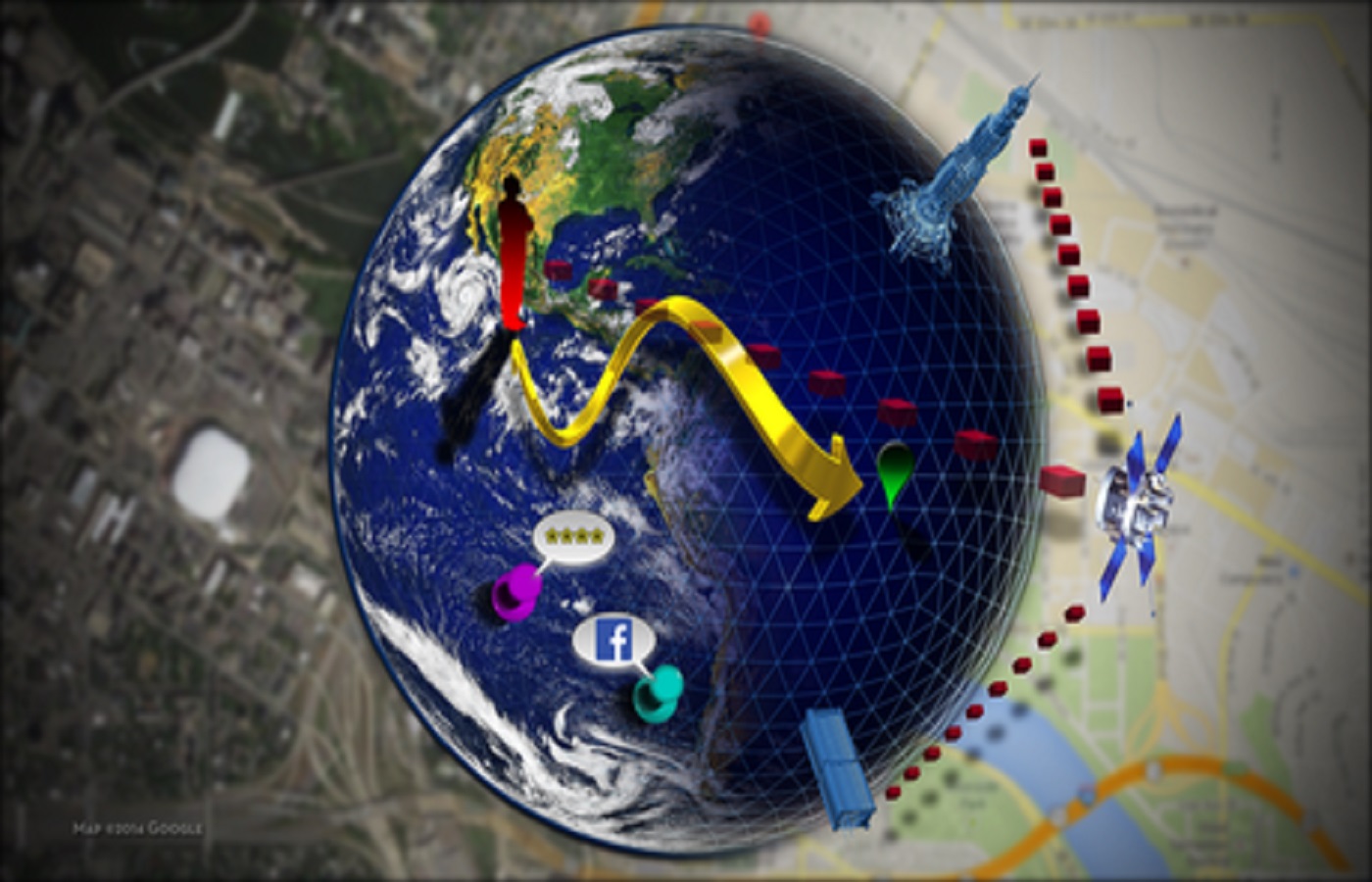
8. VR/AR Jargon Will Be Added To Common Terms
The time when only a select few knowledgeable people understood terms like “augmented” and “stereoscopic” is long gone. While the public may still be unfamiliar with abbreviations like 6DoF, we know that more people are becoming aware of spatial computing to improve our quality of life through technology. Naturally, the use of associated terms follows that awareness.
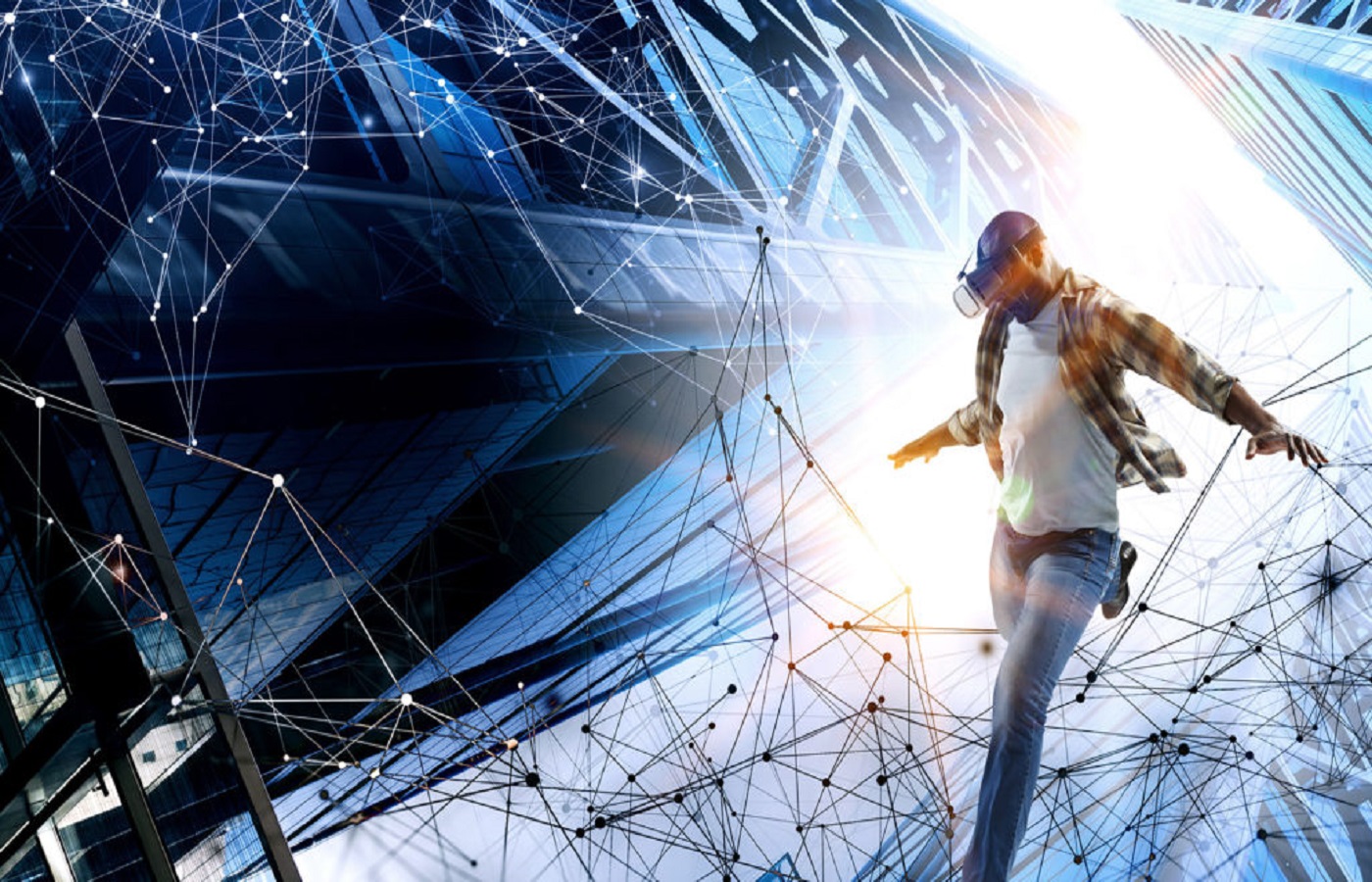
9. 2022’s New Jargon Is Coming Soon
Have you ever heard of a “spatial web”? There will undoubtedly be other new words or concepts that come across your desk in 2020. The spatial web reflects the idea of an unleashed Internet, which is present in the invisible digital skin that is covering our planet and is related to the statement above about AR Cloud. We’ve used phrases like BIMfinity, digital doppelganger, and more at Stambol. Making up words on the spot isn’t always a good idea, but there are occasions when new technologies can’t be explained using conventional language. Spatial computing will continue to advance, and with it will come an increase in the rather (temporarily) confusing vocabulary of tech-related word babies. So, we’ll be here to explain it, so don’t worry.
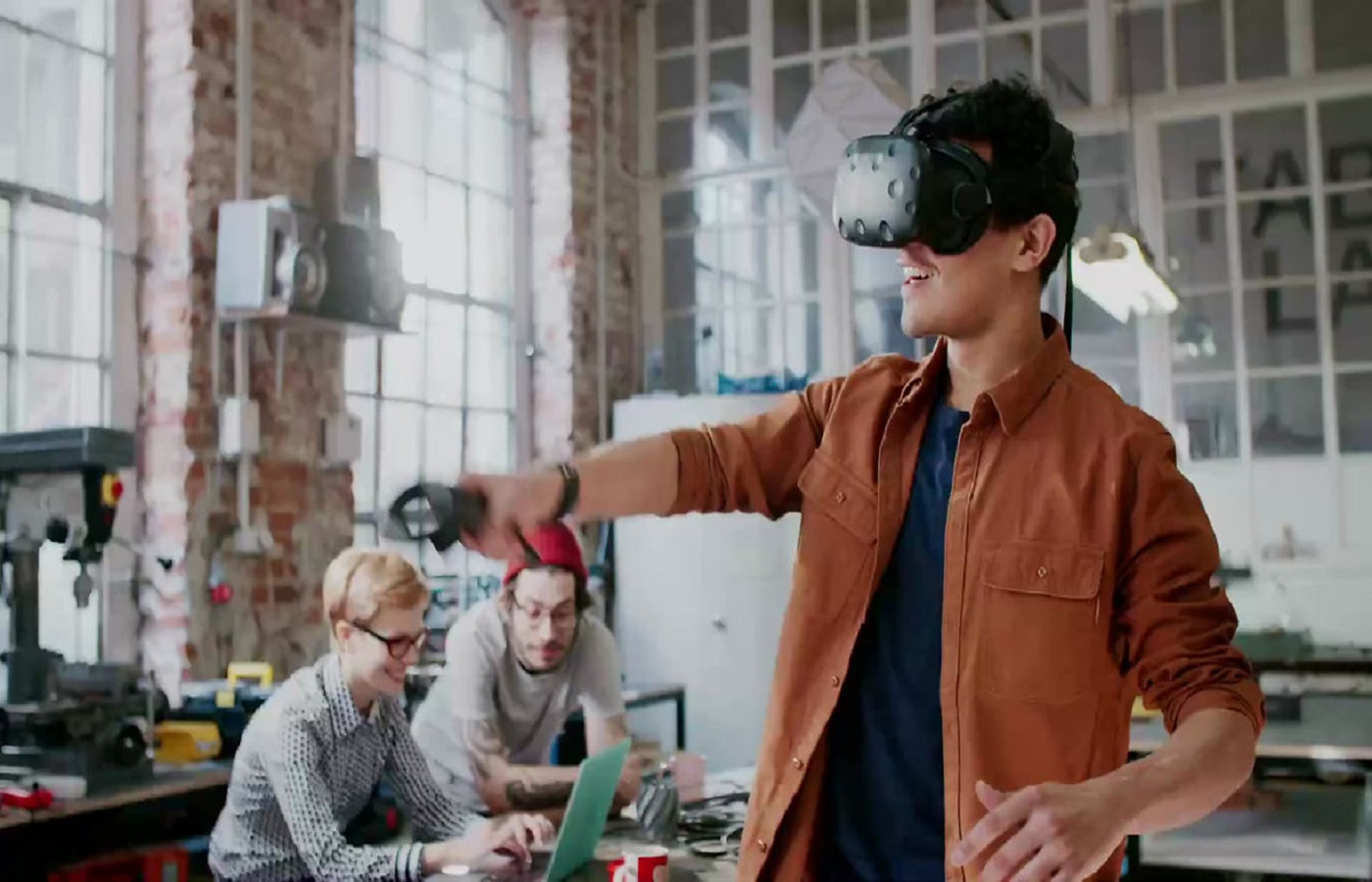
10. The Point Of No Return
You would be justified in ignoring team members who argue that spatial computing is irrelevant or that the “VR fad” is passing. Contrarily, Extended Reality is integrating into the tech industry to the point where we will soon stop distinguishing between general-purpose computers and spatial computing.
